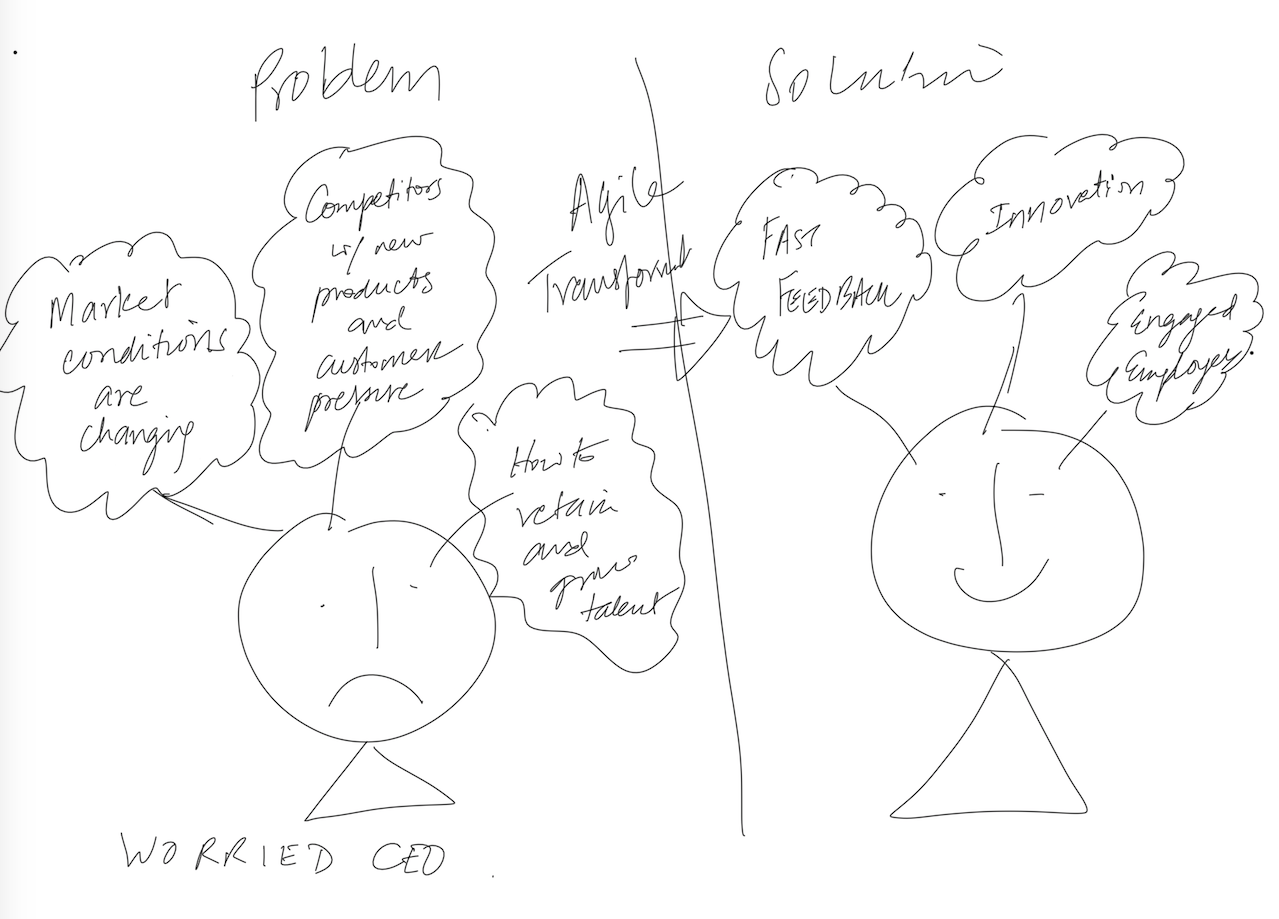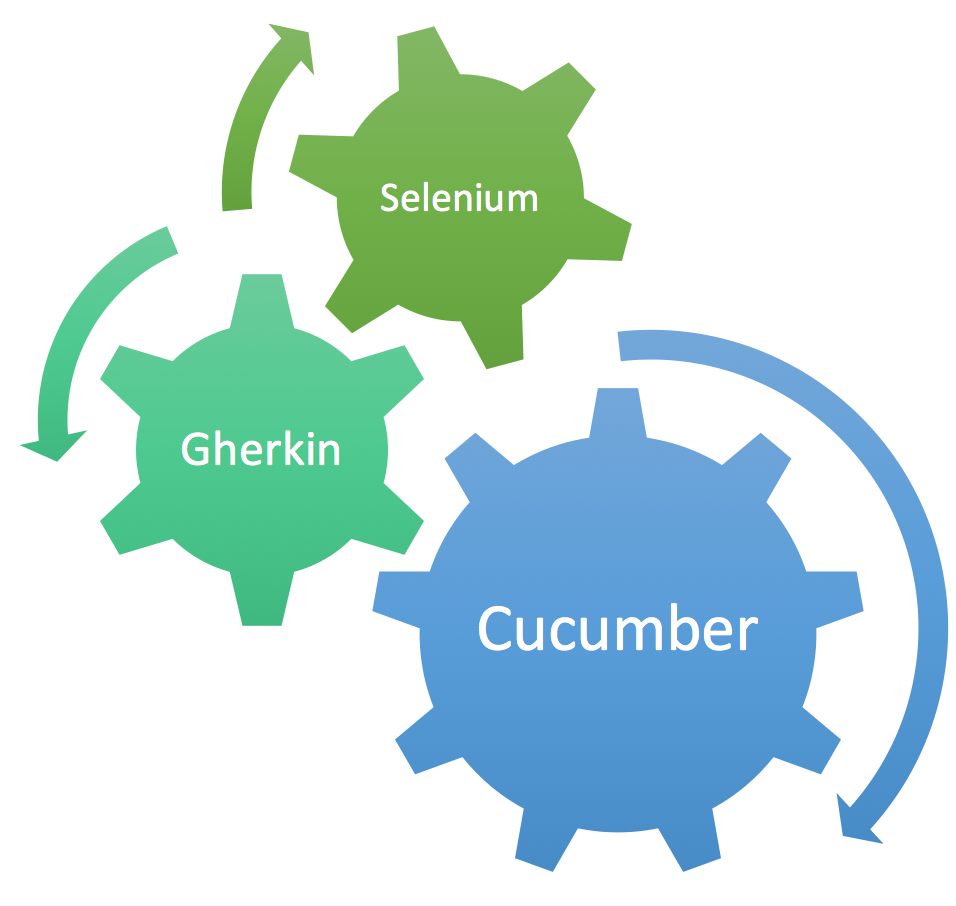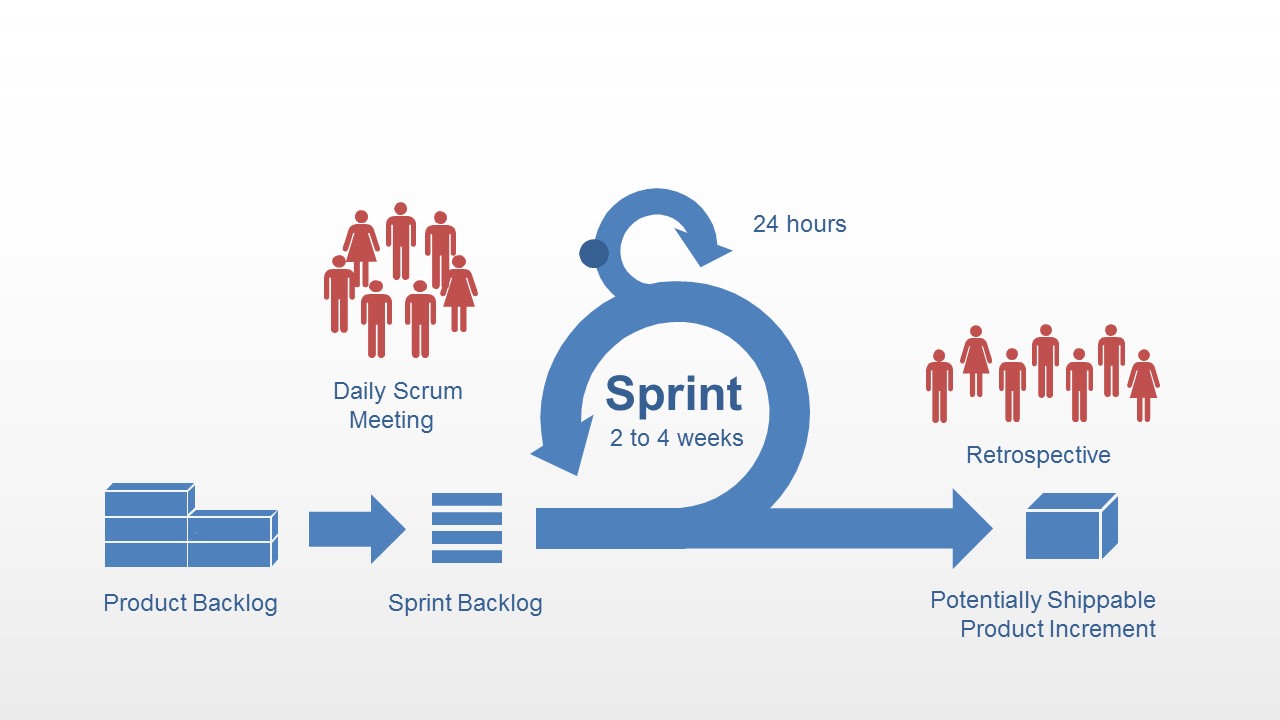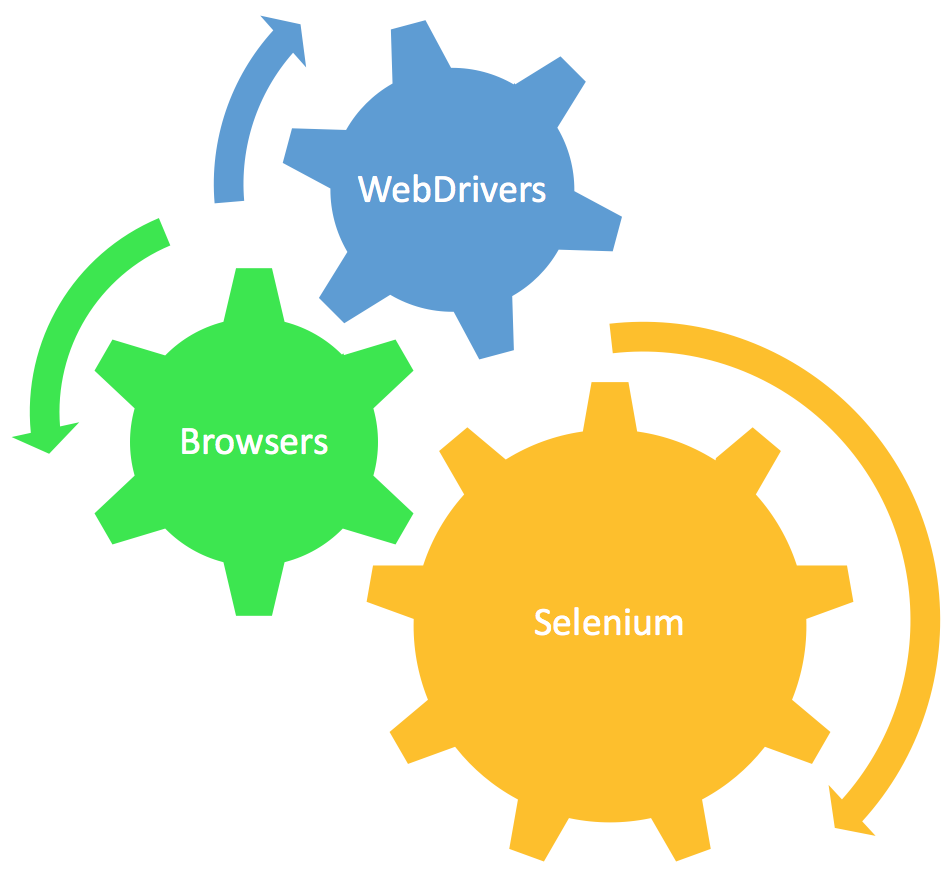In my experience delivering high velocity, critical business projects, I have worked in environments that have traditional software development approaches as well as environments using agile development approaches. While Scrum has a Product Owner role, every organization is unique and hence their adaptation of roles when they are in an agile environment differs in how the business and IT interpret these roles. Lack of clarity of these roles often results in team members and stakeholders becoming frustrated as they constantly step on each other toes. Here are three key questions that differentiate between the following potential roles at scale that are involved in bringing product direction and building a viable backlog. These roles collectively can work together to help shape the backlog:
3 things about Agile requirements roles that you want to know
May 9, 2017 2:00:00 PM / by Urooj Hussain posted in Agile, Business Analyst, Product Owner, Product Manager
3 reasons why CEOs need to care about Agile
May 5, 2017 2:00:00 PM / by Naeem Hussain posted in Agile, Digital Strategy, Visioning
If you’re a CEO of a company, agile and scrum should be very familiar to you. If not, you run the risk of losing productivity and profit in your business. The top 3 challenges for CEOs who are driving change in their organizations to meet with shareholder expectations are:
- To prepare organizations to respond to market volatility
- To foster growth and innovation
- To develop human capital
Let's Go Deal with Nexus Repository Manager
May 3, 2017 2:00:00 PM / by Sasi Kumar posted in DevOps, Modernized Technology, Nexus
Are you looking to streamline your software artifacts, application packages, open source dependencies? Wouldn't it be great to have a solution that is easy to install, upgrade, maintain, and has a very good web UI with minimal overhead? Along with that if the solutions come with RSS feeds to keep you updated on broken dependencies and provides high availability, faster downloads of your packages during builds or deployment. Whoa, I would want that now!!!
But wait, what if you also can get it for free?
Well, all that is possible. if you choose Nexus repository manager. It comes as a open source or a paid version. You can decide based on your needs.
Nexus repository manager is used to manage software "artifacts" required for development. If you develop software, your builds can download dependencies from Nexus and can publish artifacts back to Nexus creating a great easy way to share artifacts within the organization. With Nexus, you can completely control access to, and deployment of, every artifact in your organization from a single location.
How can Nexus repository manager save your time and money?
- Supports almost all formats of binaries
- Java JAR, WAR, EAR formats
- Plain ZIP or .tar.gz files
- Other package formats such as NuGet packages, Ruby gems, NPM packages
- Executable formats such as .exe or .sh files, Android APK files, various installer formats
- Managing project dependencies,
- Artifacts and Metadata management
- Proxying external repositories
- Versioned central location to be shared within the organization
Here is how you install and configure nexus on linux platform.
In this example, we have installed:
- Apache Maven in /opt/apache-maven-3.3.3 directory and
- Sonatype Nexus OSS will be publishing at http://servername.devdomain.net:8081/nexus/
# Start by creating new user and group, you will prompted do add additional info. sudo adduser nexus
#change to work dir cd /tmp #Then download fresh version of nexus. In my case v2.12.0-01 sudo wget http://download.sonatype.com/nexus/3/nexus-3.0.0-03-unix.sh.asc #Create nexus basedir and change to it sudo mkdir /usr/lib/nexus-oss cd /usr/lib/nexus-oss/ #Extract nexus-2.12.0-01 omly directory from archive. No need of extracting working dir. sudo tar xzvf /tmp/nexus-3.0.0-03-unix.tar.gz nexus-3.0.0-03-unix/
# Move it to wanted install dir sudo mv nexus-3.0.0-03-bundle /usr/local/ cd /usr/local # Create symb link to nexus sudo ln -s nexus-2.12.0-01-bundle nexus # create a symling in /etc/init.d called nexus pointing to the startup script for nexus sudo ln -s /usr/local/nexus/bin/jsw/linux-x86-64/nexus /etc/init.d/nexus # Make nexus executable cd /usr/local/nexus/ sudo chmod -R a+x bin Now we have nexus installed in a specified folder location in our server. Lets follow the next steps to run nexus in the server. sudo /etc/init.d/nexus start # Run nexus as a Service on Ubuntu cd /etc/init.d update-rc.d nexus defaults sudo service nexus start
Avoiding the Agile Tool Trap
May 2, 2017 3:27:00 PM / by Suraya Bradshaw posted in Agile, Agile Training, Agile Tool Trap
Getting the most out of Cucumber, Gherkin and Selenium
Apr 27, 2017 3:29:00 PM / by Eric Taylor posted in Cucumber, Gherkin, Automated Testing, BDD, Testing, Selenium, ATDD, Modernized Technology
Cucumber, Selenium and Gherkin have become popular tools for helping teams implement test automation or what is often referred to as Acceptance Test Driver Development (ATDD) or Behavior Driven Development (BDD). In this article we will cover some more advanced features of the Gherkin language that can help you write tests that are simpler and more reusable.
We will cover:
- Using Regular Expressions for Dynamic Data
- Scenario Outlines
- Tables as Arguments
- Backgrounds
In this article series we use Ruby as the implementation language (and we recommend Ruby when there is no other existing preference). However, these examples will translate easily to other languages like Java.
The Daily Scrum – It’s Not Your Father’s Status Meeting
Apr 25, 2017 2:23:00 PM / by BrianB
The Scrum framework has four key events: 1) Sprint Planning, 2) Daily Scrum, 3) Sprint Review, and 4) Sprint Retrospective. At Sprint Planning, we set a Sprint Goal that binds the team to work together on a common mission towards delivering a real outcome by the end of the Sprint. The plan (otherwise known as the Sprint Backlog) is the team’s best idea on how to accomplish its mission towards the Sprint Goal. So, how many plans have you ever made in your life that happen precisely the way you initially thought? If you are in the camp of “the plan is the plan is the plan”, it might make sense to get together every day and give a status update to your fellow team members on where you are with executing the plan. In the solutions delivery business, that’s just not reality!
The 6 Top Scrum Myths Debunked
Apr 20, 2017 3:41:00 PM / by Naeem Hussain posted in Agile, Scrum
Scrum is a framework comprised of roles, events, artifacts and rules along with a set of values to be lived by Scrum Teams. We have seen Scrum done well and, in many instances, Scrum not done so well. Here's our insights into some of the more common anti-patterns where many Scrum Teams lose the intent, and more importantly, the personal and business impacts that Scrum could bring to their teams and their organizations.
3 Easy Agile Fixes to Boost Your Productivity of your Agile Implementation
Agile frameworks, like Scrum, are generally easy to understand. With many teams where we have taught and coached, there are some common mindset and practice tweaks that make a real difference to productivity. Here's our top 3 easy fixes to boost the level of productivity of your agile implementation.
1. Establish Team Norms - When teams first form as new teams or when the composition of a team changes mid-stream, many teams skip this step of establishing (or re-establishing) Team Norms. Without this critical team discussion, team members have to discover through time, usually too much time, what expectations they have from each other on how to work and interact as a team. This usually leads to passive tolerance of bad team behaviors and formation of cliches (sub-teams) gossiping about the dysfunctions in the other team members. Alternatively, make sure to take a break from delivery and hold a 2-3 hour Team Norms session to air these expectations. The Team Norms session should talk about values that team members hold dearly, expectations on logistics for how the team operates, and a solid airing of how the team wants to deal with conflict. You should expect that these discussions will be challenging. However, on the other side of establishing Team Norms, you will have a team that has clarity on how to work together as a whole team. With that clarity, you will find that the level of team dysfunction will be significantly reduced, and conversely, the productivity of the team will rise and a foundation for continuous improvement in the team is now possible.
2. Measure and drive your "Ready-State" backlog - Agile is not just about the software development and testing. When Agile is really working well, it is about the flow of product ideas moving rapidly to production-ready, customer-consumable product updates. One very common productivity-killer in Agile teams is not having enough well understood, "groomed" backlog when iterations / Sprints start. This lack of "ready-state" backlog leads to teams struggling during planning (i.e., Sprint Planning) to know what they are supposed to build and how to build it. Half-baked planning leads to ineffective iteration execution and often with product that does not meet the customer need, therefore leading to re-work. There are 3 easy steps to inject a new level of discipline into your team to get a solid ready-state backlog. First, establish a clear Definition of Ready - which criteria should backlog items meet in order to be declared "Ready". Second, define a backlog grooming / refinement flow with clarity of roles / responsibilities for moving backlog items from "Grooming" state (i.e., backlog item needs additional refinement) to "Groomed" (i.e., backlog item is teed up for final refinement by the whole team) to "Ready" (i.e., the whole team has declared that the backlog item meets the Definition of Ready). Third, the Backlog / Product Owner should report regularly in daily standups the depth of "ready-state" backlog. The depth should be measured in how many iterations / Sprints worth of backlog are in the Ready state. If the "ready-state well" is getting dry (below one iteration's worth), this should be a signal to the team to jump into re-filling the well and put more energy into grooming additional backlog. With a solid ready-state backlog, teams will find that planning will be more effective and that iteration execution will be clearly aimed at the target established from planning. With clear goals, the team will be wildly more productive towards achieving real customer-valuable delivery.
3. Take retrospectives seriously - Too often, teams take the "check the box" approach to retrospectives. Given retrospectives are a defined part of Agile frameworks like Scrum, teams almost feel forced into holding retrospectives and cannot wait for this meeting to be done and over. The skepticism or boredom with retrospectives are usually associated with one of a few causes - no real action taken from the retros or re-using the same format for retros over and over. For teams that take retrospectives seriously, they are the critical enabler for a Culture of Continuous Improvement. Teams that embody a real Culture of Continuous Improvement have no ceiling on how productive they can become. There are two easy steps to make retrospectives impactful for your team's productivity. First, establish as part of your Team Norms (we talked about this above) a commitment to hold the team accountable for identifying and following through on at least 1 improvement from each retrospective. You can build this accountability into your retros by starting each retrospective with a look back on the improvement commitment made in the last iteration and having a transparent discussion on how the team did on acting on that improvement. Second, if retros are getting stale and boring, spend some time to read Agile Retrospectives (Derby / Larsen), understand the suggested structure for conducting retros and look for new ideas for different activities to "mix it up" at your retros. The structure suggests conducting a Closing to reflect on the retrospective itself - a "retro on the retro". This might seem like overkill, but you will quickly find the approach and activities for retros that really resonate with the team and produce valuable improvements.
These 3 fixes can really get your team to the next level of productivity. So, step back and take a critical view if any "tune ups" could be valuable for your team.
How can Agile make you faster, more innovative, and competitive? Learn about Agile Methodology
What is Agile? And, how can it make you faster, more innovative, and competitive?
In today’s business environment, how is your organization remaining relevant? Is it investing in innovation? Is your organization feeling pressures to deliver products to the market faster in order to remain competitive? How are you adapting your product to the market demands?
Advanced Selenium: Multiple Browsers and Environments
Mar 28, 2017 2:11:05 AM / by Eric Taylor posted in Agile Testing, Ruby, Cucumber, Automated Testing, BDD, Testing, Selenium, ATDD, WebDriver, Browser, Modernized Technology
Cucumber, Selenium and Gherkin have become popular tools for helping teams implement test automation - what is often referred to as Acceptance Test Driver Development (ATDD) or Behavior Driven Development (BDD). In this article we will cover some more advanced features of Selenium and Cucumber and show how to environmentalize your test framework so you can run the same tests against different environments or browsers. In this article series, we use Ruby as the implementation language (and we recommend Ruby when there is no other existing preference). However, these examples will translate easily to other languages like Java.
If you are not familiar with Selenium, Cucumber and Gherkin take a look at our related introductory blog "The 5 Step Guide for Selenium, Cucumber, and Gherkin".















